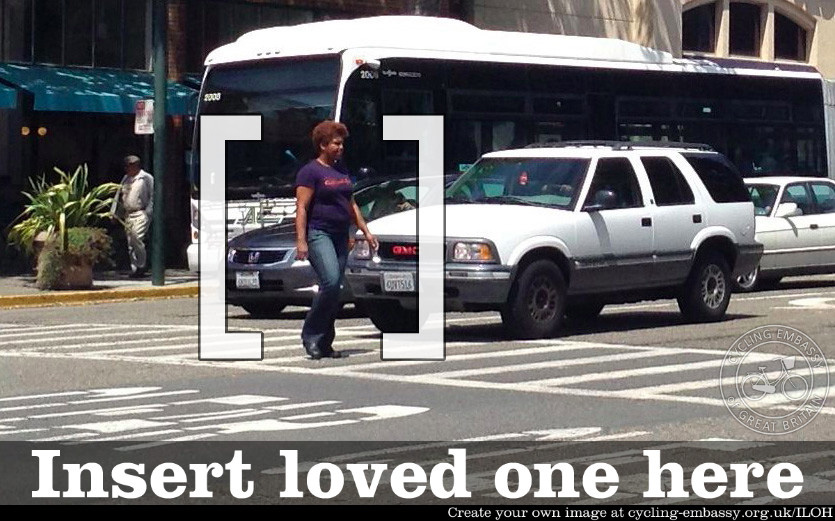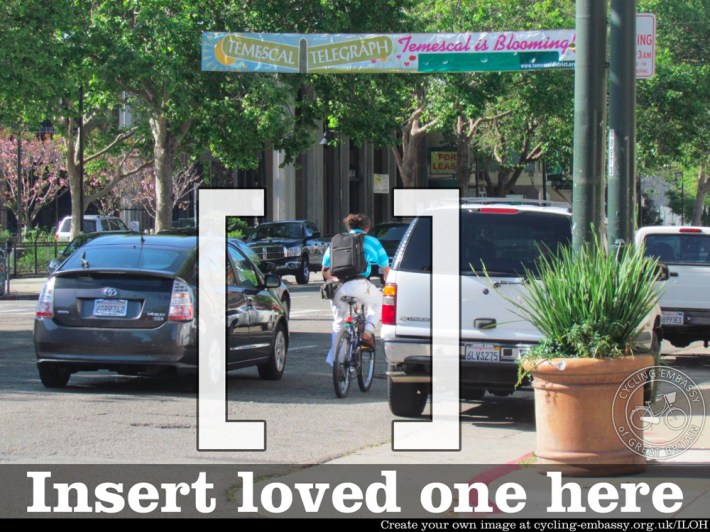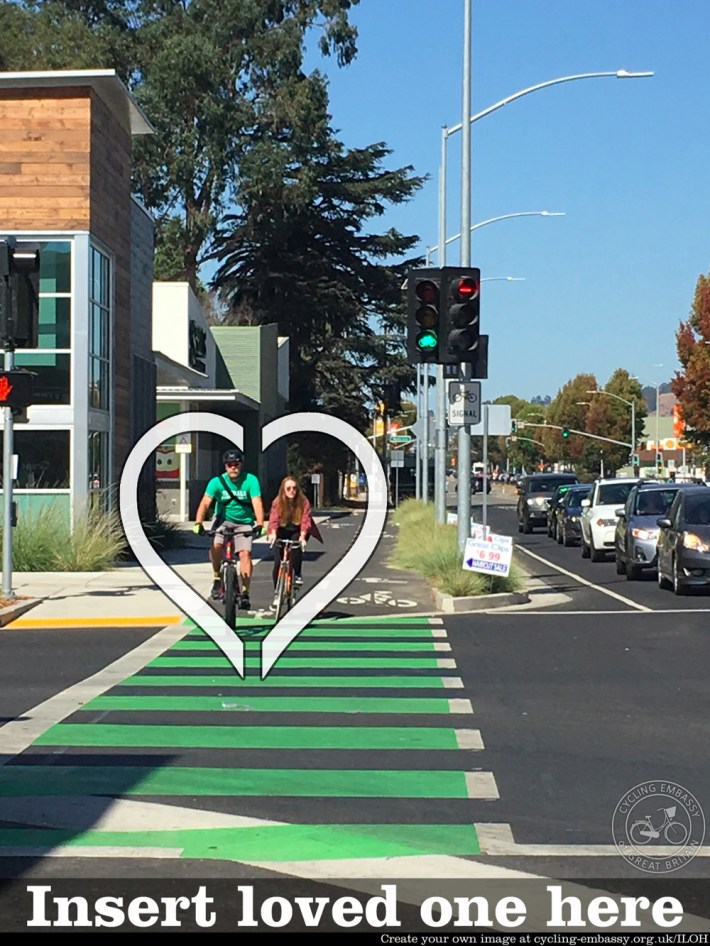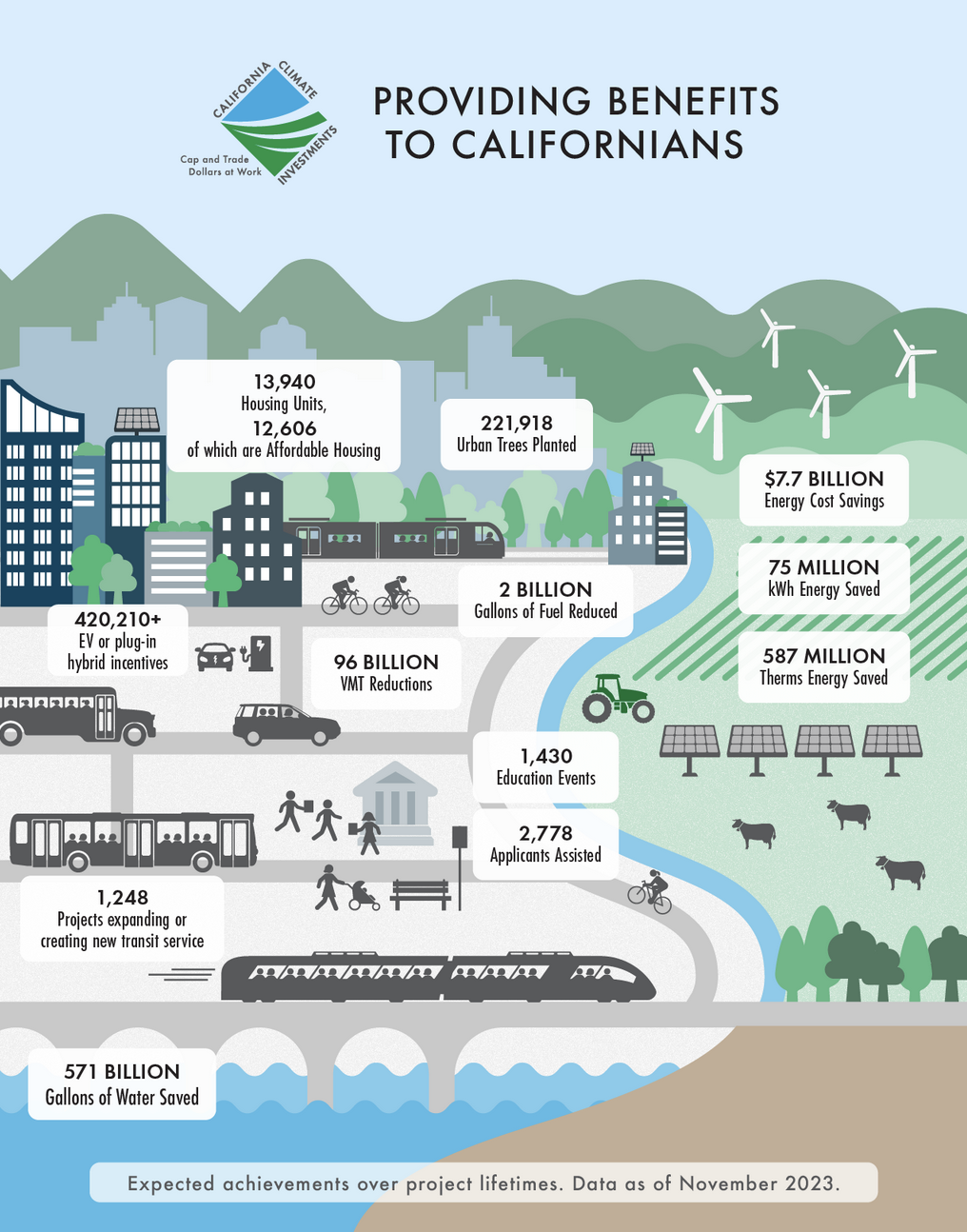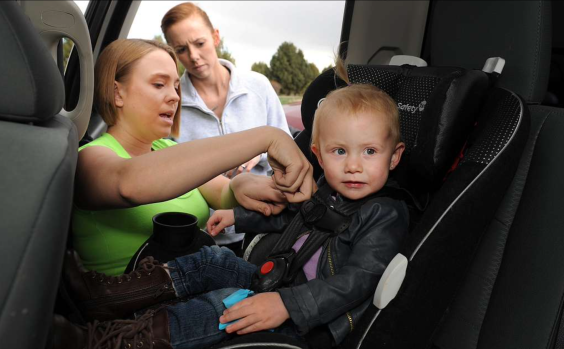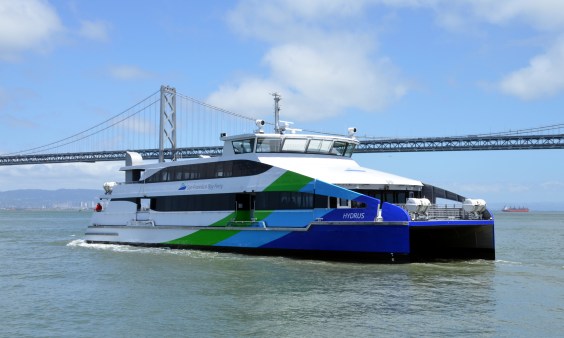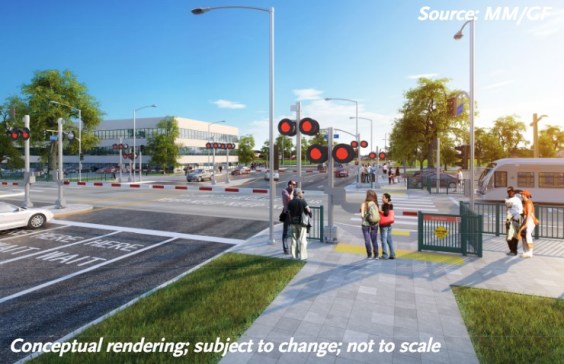Note: GJEL Accident Attorneys regularly sponsors coverage on Streetsblog San Francisco and Streetsblog California. Unless noted in the story, GJEL Accident Attorneys is not consulted for the content or editorial direction of the sponsored content.
The Governors' Highway Safety Association just released a daunting update to its annual report on pedestrian injuries and fatalities. For the second year in a row, the numbers of pedestrian injuries and fatalities in the U.S. are among the highest in 25 years.
Despite continuing Vision Zero efforts in L.A. and other cities, 352 pedestrians were killed in California last year. That is an eighteen percent decrease over the year before—which is nothing to dismiss. But the trend was far from universal, and the tendency across the nation was for injury numbers to go up. And even with this modicum of good news, California still has an above-average per capita fatality rate.
The GHSA sees the rise of cellphone use as one possible cause of this trend. But while distracted driving is definitely a growing problem, so is car-centric street design that leaves pedestrians stranded, lack of driver education and training, and bad driving habits like speeding.
Educational and public relations campaigns will not solve this problem, but if they can capture the attention of drivers—as opposed to pedestrians, which unfortunately many recent such campaigns tend to focus on—they might slow some drivers down.
Two recent campaigns point in the right direction. One was created by a family whose young son was killed in a crosswalk in Berkeley nine years ago and has since then been working to prevent similar tragedies. They founded the Zachary Michael Cruz Foundation, which works on pedestrian awareness campaigns and funds scholarships for UC Berkeley students.
On the anniversary of their son's death a few days ago, they organized an event at the intersection where Zachary was killed in a crosswalk by a left-turning driver who didn't pause long enough at a stop sign.
The family, joined by representatives from the police department and state Office of Traffic Safety, stood on the sidewalk and held up signs that were hard for drivers to ignore.
“Drive Like Your Kid Died Here,” they read.
Berkeleyside quoted the boy's father as saying that the idea behind the campaign was “to reimagine and reinvigorate [pedestrian safety] and to challenge motorists to really think about their behavior.” The foundation also launched a website to map where people have been killed on the roads by drivers, and to tell the stories of the people whose lives have been cut short.
Another similarly to-the-point pedestrian safety campaign was highlighted recently by Treehugger. [Insert Loved One Here] was thought up by the Cycling Embassy of Great Britain to drive home the message that dangerous streets and dangerous driving have the potential to hurt the most vulnerable among us.
It's easy to become numb to the perniciousness of bad infrastructure when we see it and navigate it every day. But the sight of a too-narrow bike lane or a crosswalk with a car encroaching into it is one thing; imagining your own loved ones in those vulnerable spaces between heavy vehicles has a way of un-numbing the imagination.
The site provides a very simple photo editing tool that lets you add an insertion point on your own photos to call out where you probably don't want to see your loved ones. It's a way to create an extremely personal safety campaign that would be hard for people like, oh, say, that neighbor of yours that habitually runs the stop sign on your street, to ignore.
It's not a total solution, of course. All the public relations campaigns in the world are no solution for problems caused by bad road design, lack of education, and increasingly easy distractions. But they won't hurt.
The [Insert Loved Ones] here tool also offers a heart outline for examples of safe infrastructure you wouldn't mind seeing your loved ones use. Try it! And share your altered photos with us in the comments section.
